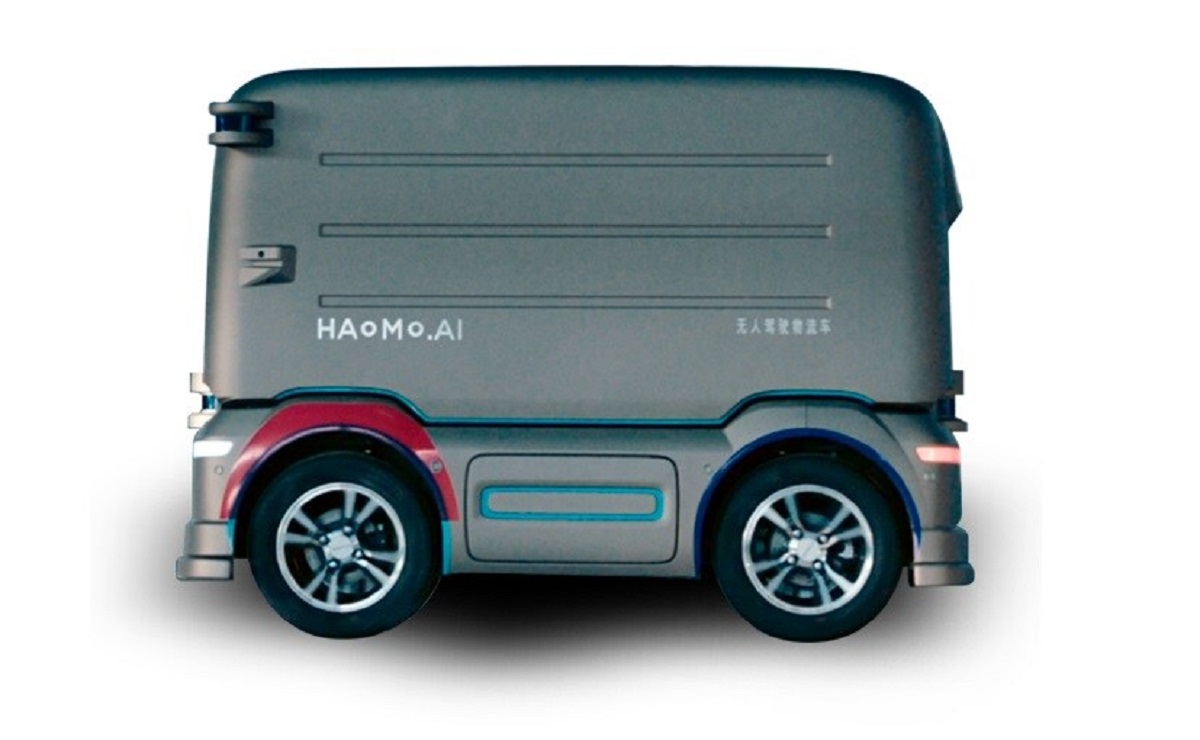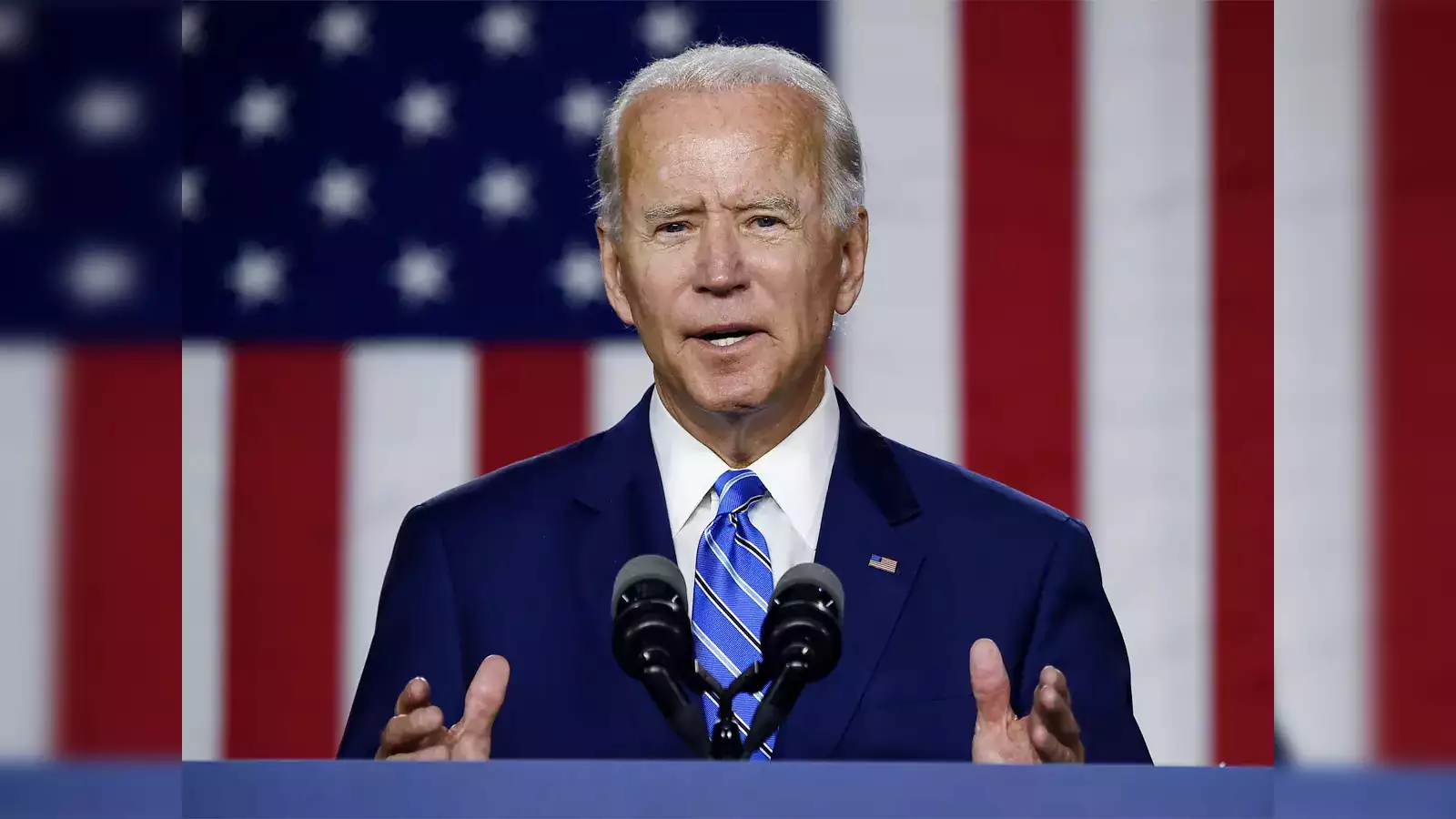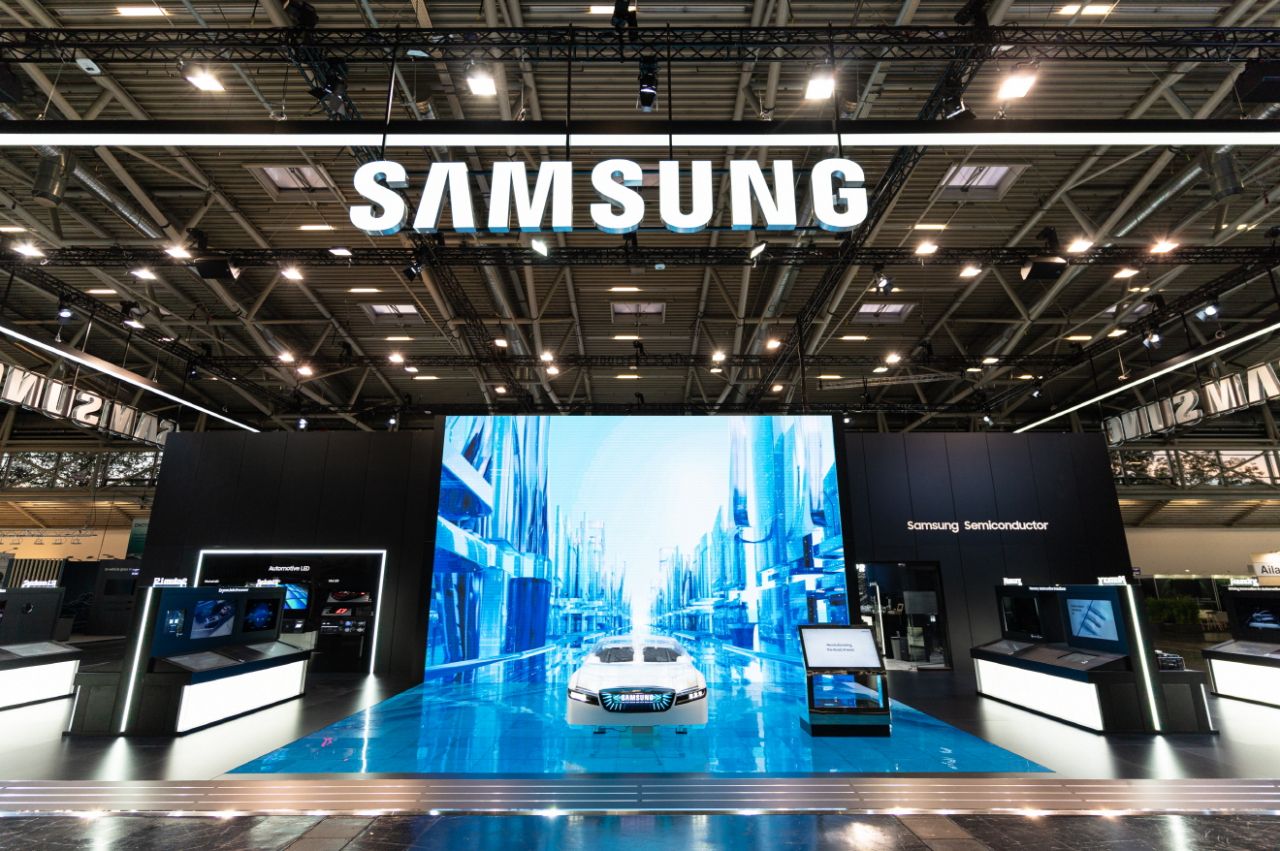On Monday, Tencent, a major player in China’s tech industry, introduced an updated version of its open source video generation model, DynamiCrafter, on GitHub. This move underscores the increasing efforts of leading Chinese tech companies to establish a presence in the text- and image-to-video arena.
Key Takeaway
China’s leading tech companies, including Tencent, ByteDance, Baidu, and Alibaba, are intensifying their efforts in the generative video space, with each unveiling their respective video generation models. This signals a growing focus on advancing AI capabilities in the realm of video production.
Advancements in Video Generation
DynamiCrafter, like other generative video tools, utilizes the diffusion method to transform captions and still images into short video clips. This approach draws inspiration from the natural phenomenon of diffusion in physics, where machine learning models can convert simple data into more intricate and realistic forms, akin to the movement of particles from areas of high concentration to those of low concentration.
The latest iteration of DynamiCrafter is capable of producing videos at a pixel resolution of 640×1024, a significant improvement from its initial release, which supported 320×512 videos. According to an academic paper authored by the DynamiCrafter team, the technology sets itself apart from competitors by extending the applicability of image animation techniques to a wider range of visual content.
The paper explains, “The key idea is to utilize the motion prior of text-to-video diffusion models by incorporating the image into the generative process as guidance.” This approach differs from traditional techniques, which primarily focus on animating natural scenes with stochastic dynamics or domain-specific motions.
Competition and Expectations
In a comparative demo featuring DynamiCrafter, Stable Video Diffusion (released in November), and the recently popularized Pika Labs, Tencent’s model exhibits slightly more dynamic results. However, it’s important to note that the selected samples may favor DynamiCrafter, and none of the models, in initial trials, suggest that AI will soon be capable of producing full-fledged movies.
Generative videos are anticipated to become a focal point in the AI race following the surge of generative text and images. Consequently, startups and established tech companies are investing resources in this domain. This trend is evident in China, where Tencent, ByteDance (the parent company of TikTok), Baidu, and Alibaba have all introduced their video diffusion models.
ByteDance’s MagicVideo and Baidu’s UniVG have shared demos on GitHub, although they do not appear to be publicly available yet. Similarly, Alibaba has open-sourced its video generation model, VGen, aligning with the growing trend among Chinese tech firms to engage with the global developer community.

























